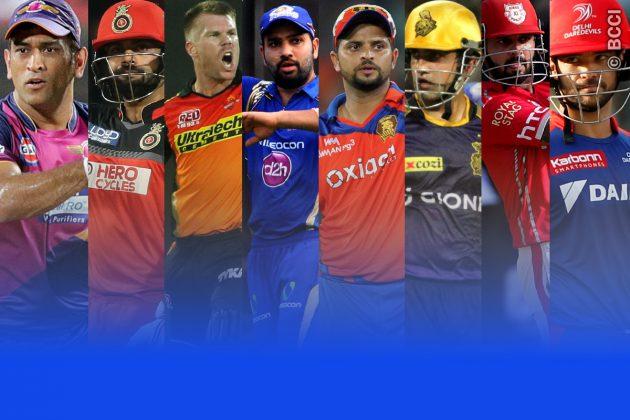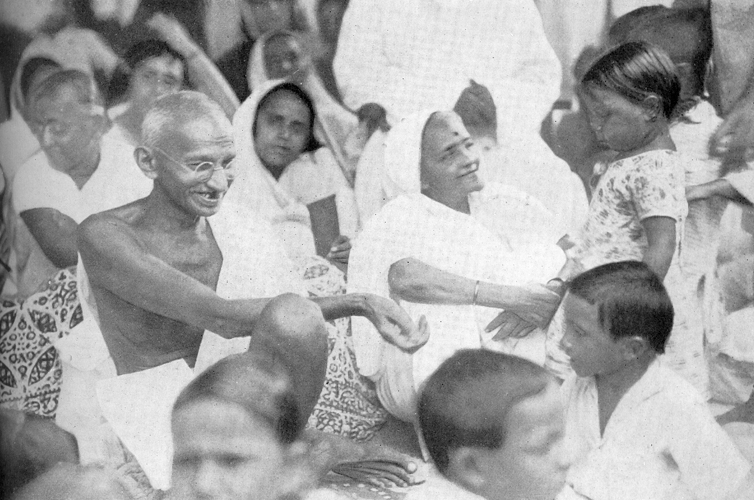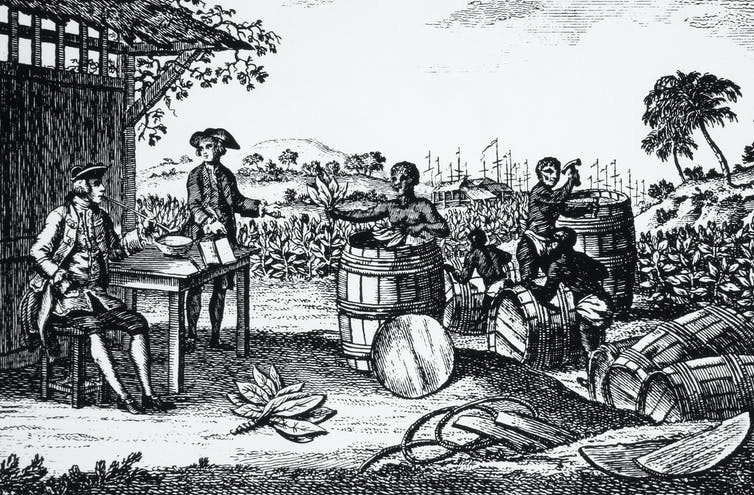Rescuing the Spirit of Sports from the Aggression of ‘Masculinity’
In our Summer issue we raised a debate on cricket nationalism—its implicit violence, and the way it normalizes ‘masculinity’: its reckless competitiveness and aggression. Here is a response—an illuminating response from a sensitive sociologist—that is bound to invite our alert readers to the domain of the complex interplay of culture, sports and politics.
Dr. Rajeev Dubey is Assistant Professor, Department of Sociology, Tripura University (A Central University), Suryamaninagar. His teaching and research areas have been interdisciplinary and are concerned with Sociology of Religion, Sociology of Education and Methodology of Social Sciences.
Cricket is a hyper-game that has an immense potential to shape the young generation. Playing sports, especially cricket, is an everyday activity for adolescent boys. Therefore, in order to respond to the debate on ‘Normalizing Violence’, I deliberately choose Cricket to reflect on how on field aggressive gestures and behaviors of players shape the thoughts and actions of children. Further, print and electronic media provides special and extensive coverage to these on filed aggressive behaviors and at times it uses metaphors and symbols which create an imaginary rivalry between the two teams.
Such role modeling, actual or virtual, may lead to a voyeuristic, sadistic generation that takes pleasure in ‘slaying’ others in the name of ‘killer instinct’. It becomes natural for children to pull each other down under the keen pressure of performance and that is justified in the name of ‘killer instinct’. But when such a habit is visibly followed by our children, we need to sound the danger bell. Are we going to prepare a generation which lives in a state of perpetual anxiety of pressure of performance- shifting the whole attention from process to the end, where winning a game is more important than the values of sports, ethics, the notion of fair play?
Let me illustrate the point with a personal anecdote. I go back to my Boarding School days- World Cup 1996- Indo- Pak quarter final match- Amir Sohail steered continuous balls of Venkatesh Prasad to boundary and then showed his bat to Venkatesh for fetching the ball- a clear sign of arrogance (at its best or worst depends on which side of border one was watching). Little did the world know, the payback was a ball away, the very next ball Venkatesh delivered a good length slow ball and strike a clean bold. The response again was an arrogant body language- Venkatesh showing Sohail the direction towards pavilion. The match became a spectacle of virtual war with battle cries emanating from the stands. It generated intense hostility and resurrected the bitterness of partition, Hindu-Muslim divide and Indo-Pak wars. The portrayal of the match in print and electronic media added fuel to the fire. In this charged atmosphere we all shouted, thumped the chairs, danced and cheered for Venkatesh and India in the common room of our hostel. An eye for an eye, we all implicitly supported, was the best response. How conveniently we forgot the lesson of life- to be humble in victory and gracious in defeat. World cup 2015 situation has not changed much. We are made to believe that it is cricket nationalism and the print and electronic media with the aid of so called ‘expert commentators’ legitimize and make us believe that these gestures and behavior reflects the ‘killer instinct’, an essential trait of a good sportsman.
I am sure sports, be that cricket or any other game, can be anything but not a means of fueling hatred and anger. Bullets and Cease-fire violations will only pierce a few bodies on the borders, but with portrayal of such symbolic violence we instill millions of heart with hatred across the borders. Representation of sports should rather be aimed at altering the traditional hyper-masculine gender norms to make society more egalitarian and not degenerate into another patriarchal tool to perpetuate it further. In sports what matters is a good game, sports can be used as a medium to inculcate the value of respect, ethics, the notion of fair play, relationship skills etc. How good it would be, if we are able to convince ourselves and portray that sports man spirit is not only about winning the game but also the hearts.
The New Leam has no external source of funding. For retaining its uniqueness, its high quality, its distinctive philosophy we wish to reduce the degree of dependence on corporate funding. We believe that if individuals like you come forward and SUPPORT THIS ENDEAVOR can make the magazine self-reliant in a very innovative way.














